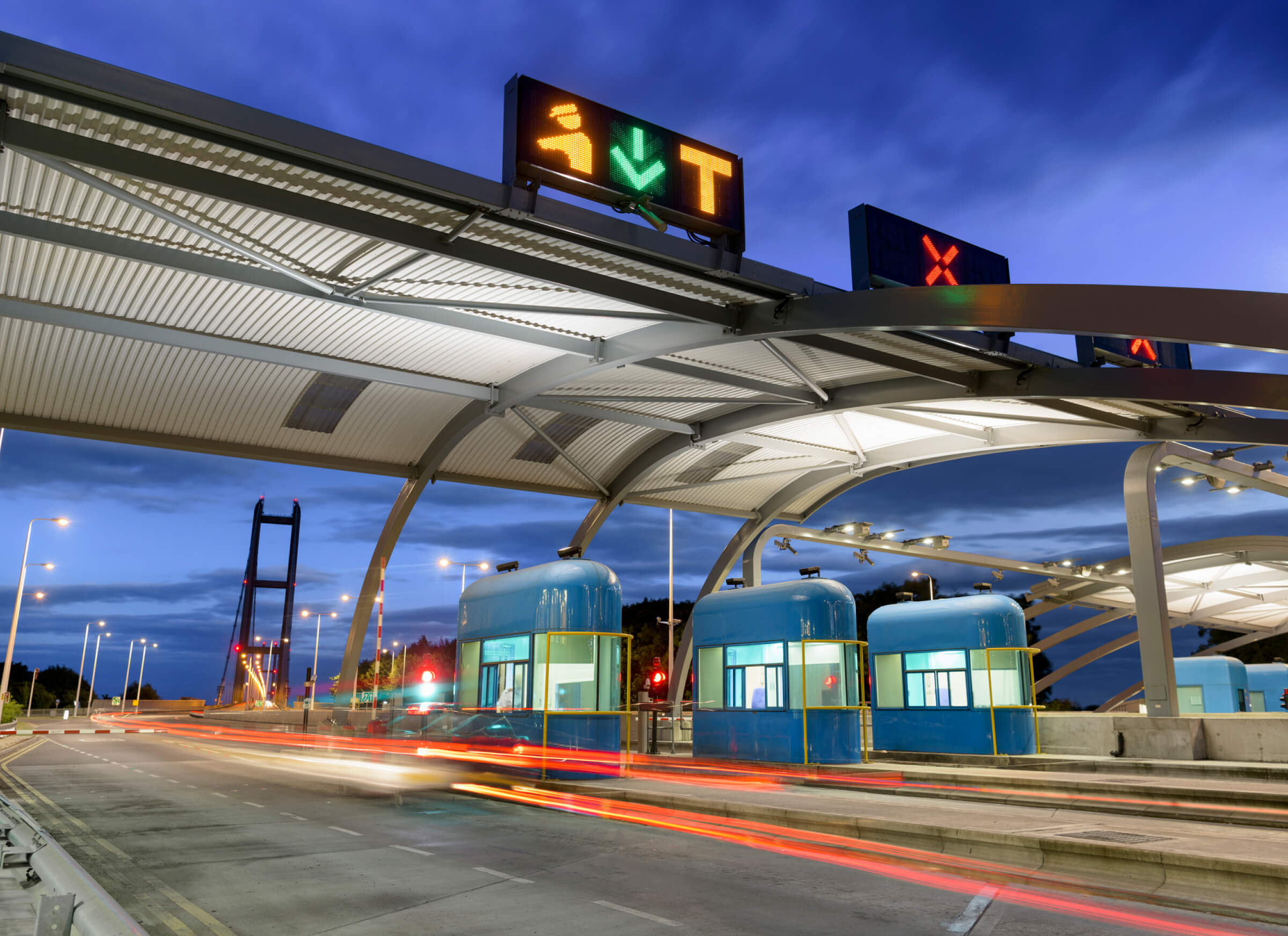Road user charging
Member States are not obliged to introduce road infrastructure charging. Those who do should use the framework provided by Eurovignette Directive 1999/62/EC. Currently, all Member States – except for Finland, Cyprus and Malta – have road user charging to some extent.
Today, there are three groups:
- Member States with a time-based vignette system: the Netherlands, Denmark, Sweden Luxemburg, Estonia, Latvia, Lithuania and Romania.
- Member States with distance-based tolling using physical barriers: France, Spain, Italy, Ireland, Slovenia, Croatia and Greece.
- States with distance-based electronic tolling: Austria, Belgium, Germany, Czech Republic, Poland, Slovakia, Portugal, Bulgaria, Hungary.

Directive (EU) 2022/362 is the most recent revision of the Eurovignette Directive and introduces the following new features:
Directive (EU) 2022/362 is the most recent revision of the Eurovignette Directive and introduces the following new features:
- Extension of the scope to light-duty vehicles up to 3.5 tonnes, buses and coaches.
- A phasing out of time-based vignettes in favour of distance-based tolling.In principle, Member States should move to distance-based tolling on the core TEN-T network by 25 March 2030, but can derogate.
- A mandatory new framework for the rate variations (infrastructure and external cost charges) based on the energy efficiency and CO2 emissions of motor vehicles which can co-exist with the existing rate variation based on the Euro norm of the vehicle.
- An additional, non-mandatory external cost charge for CO2 emissions. Where a Member State applies an external cost charge for CO2 or a fuel carbon-pricing measure (such as an Emission Trading System), it can omit the CO2 rate variation.
- The obligatory application of an air quality external cost charge from 25 March 2026 for heavy goods vehicles with the possibility to derogate.





